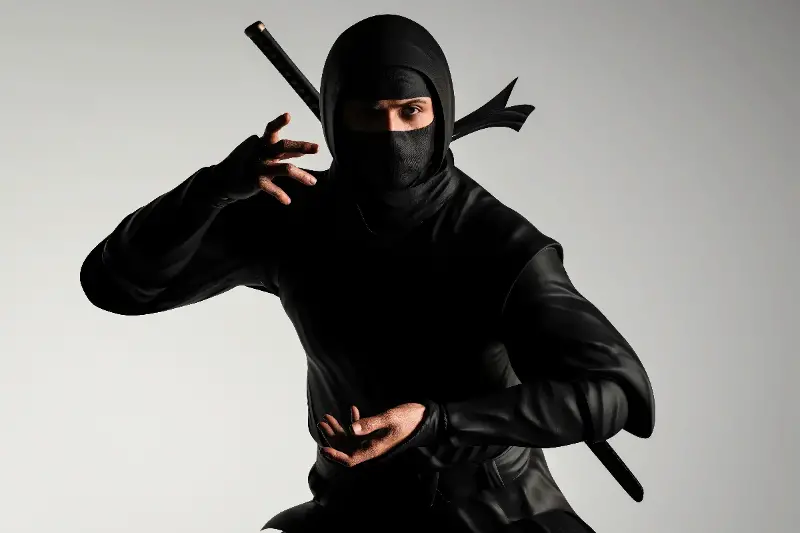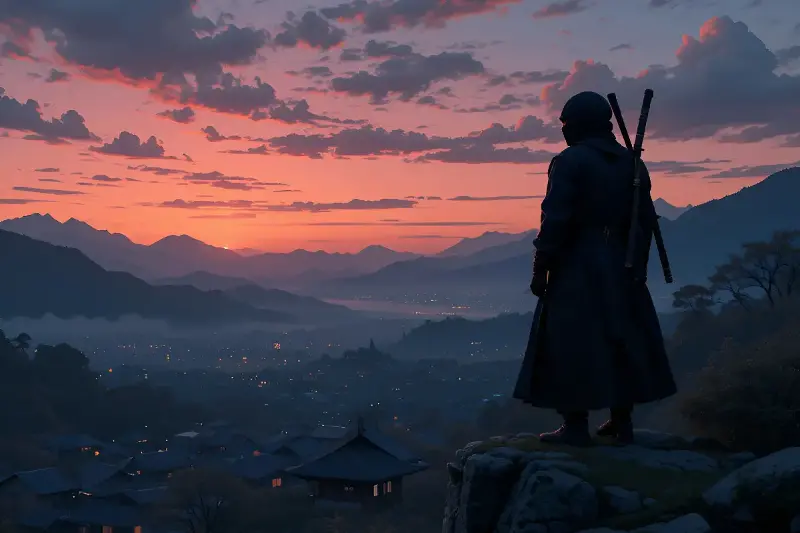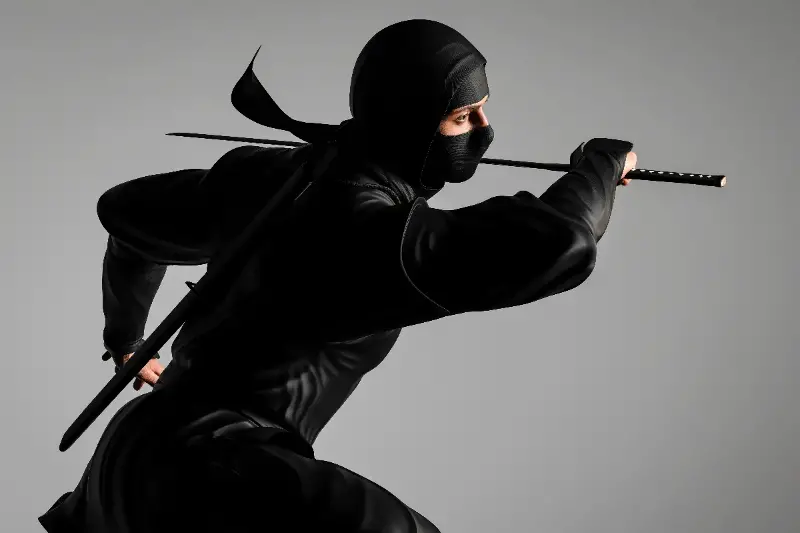Slip through the shadows of time and you'll find the roots of Japan’s iconic ninja mysteriously entwined within historical truth and dazzling myth. Popular culture paints shinobi as black-clad martial arts masters leaping across rooftops, but the reality of their existence is far more textured—and even more intriguing.

Origins in War and Whispers
The shinobi, commonly known as ninja, emerged during the tumultuous Sengoku period (15th–17th centuries) when Japan was fractured by feuding warlords. Unlike the samurai, who hailed from noble lineage and followed a strict code of bushido, shinobi often came from the lower rungs of society. Many were farmers, priests, and even skilled women—kunoichi—who harnessed stealth and cunning as their greatest weapons.
Historians point to two regions, Iga and Kōga, as the birthplaces of ninja culture. These areas, isolated by harsh terrain, became fertile ground for the development of espionage and guerrilla tactics. It wasn’t all about flashy swords and dramatic showdowns—instead, it was patience, concealment, and misdirection that ruled the shinobi arts.
Fact Versus Fancy: What Did Real Ninja Do?
Forget the magic scrolls and disappear-in-a-puff-of-smoke antics. The historical shinobi were more like spies, scouts, and master deceivers than supernatural fighters. Their core skills included:
- Intelligence-gathering: Infiltrating enemy castles and eavesdropping on secret plans
- Sabotage: Setting fires or creating chaos behind enemy lines
- Psychological warfare: Spreading misinformation to demoralise opponents
- Disguise and escape: Blending in among villagers, monks, or rival clans
Ancient texts like the "Bansenshukai"—a shinobi manual from 1676—detailed not just fighting techniques, but also herbal medicine, explosives, and even meteorology, revealing the breadth of ninja knowledge.

Unmasking Legendary Shinobi: Heroes of Shadow and Substance
Some individuals achieved near-mythic status. Consider Hattori Hanzō, bodyguard to Tokugawa Ieyasu, whose tactical genius and loyalty changed the course of Japanese history. His ability to lead covert missions and protect his daimyo made him a folk hero—his spirit echoes in modern pop culture depictions worldwide.
Then there’s Mochizuki Chiyome, believed to be the brains behind an all-female network of agent operatives. These kunoichi disguised themselves as shrine maidens or entertainers to collect secrets for their masters—a testament to innovation in espionage and the role of women in Japan’s intelligence legacy.
From War-torn Past to Modern Day Legends
With the rise of peacetime under the Tokugawa shogunate, the demand for covert operations waned, and many shinobi blended back into society. Yet their mystique only grew, morphing into the archetype celebrated today.
Modern media—from anime to blockbuster films—has rebooted the ninja image, often adding a supernatural spin. But the timeless allure still rests on the real shinobi’s blend of adaptability, intelligence, and almost poetic stealth.

In today’s world, ninja-inspired values have found new homes. Enthusiasts practice ninjutsu as a martial art, while others draw inspiration from the shinobi’s resilience and resourcefulness in their daily challenges. Even corporate “ninja” teams claim the title in the business world, embodying adaptability and strategic thinking.
The masks may be off, but the influence of the historical shinobi quietly threads through cultures, professions, and imaginations across the globe.
What other truths might still slumber in the shadows of history—and which modern legends are waiting for their masks to be lifted? The journey through the world of shinobi is far from over, inviting each curious mind to step into the twilight and seek out the next hidden story.
